52 items, Page 1 of 6

September 29, 2023
On September 29, 2023, the Project on Nuclear Issues published a report, Project Atom 2023: A Competitive Strategies Approach for U.S. Nuclear Posture through 2035. MDP Director Tom Karako and Rob Soofer contributed to one of the chapters, entitled, "Project Atom: Defining U.S. Nuclear Strategy, 2030-2050."
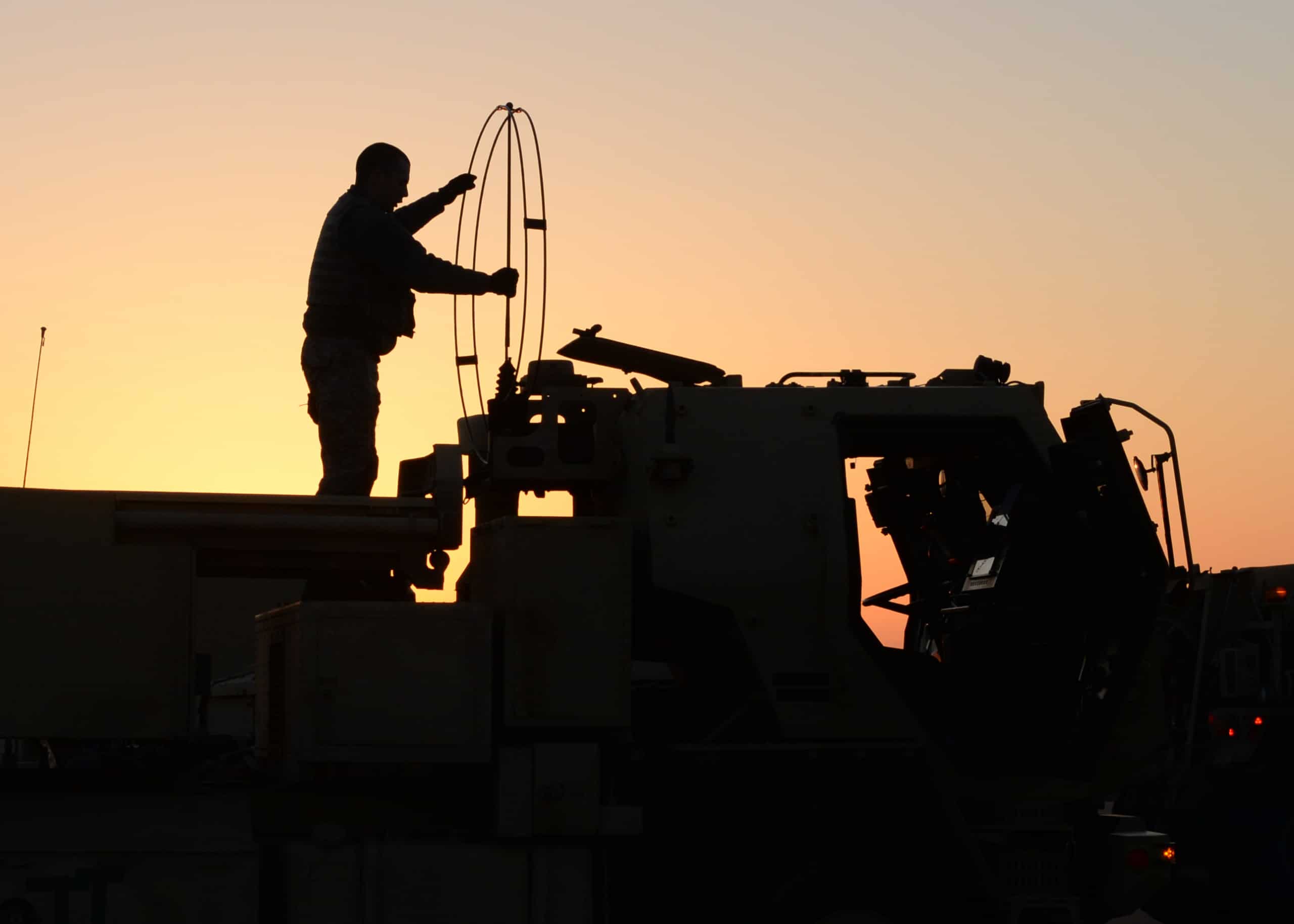
December 23, 2022
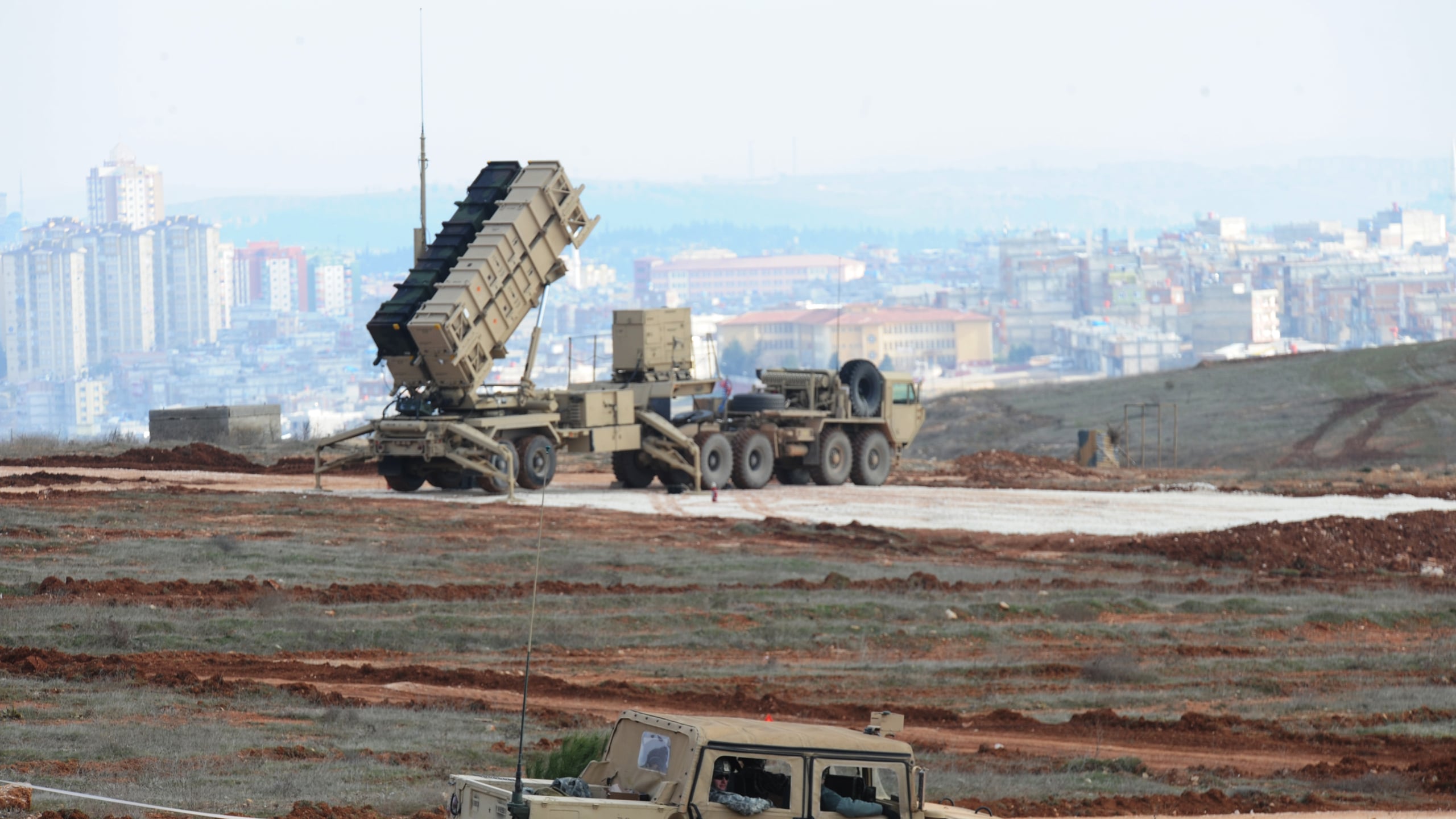
December 16, 2022
The Patriot deployment to Ukraine constitutes a strong statement of U.S. commitment to defend Ukraine, but also raises several questions on training and sustainment.
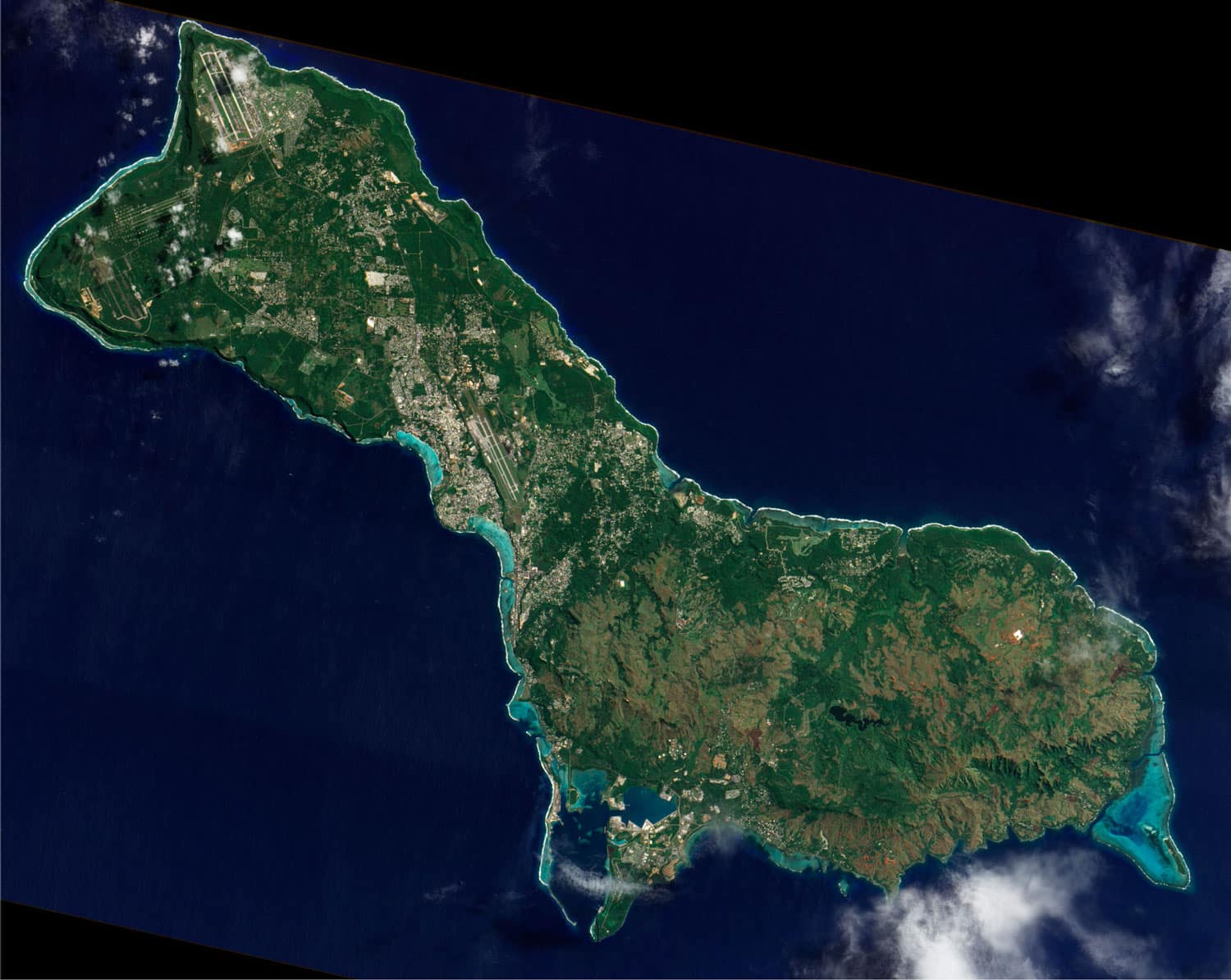
October 27, 2022
The Biden administration released its unclassified Missile Defense Review today, as part of the National Defense Strategy. As policy guidance to an increasingly broad enterprise, the 2022 MDR represents an opportunity to achieve greater alignment between U.S. air and missile defense efforts and strategic competition with China and Russia.
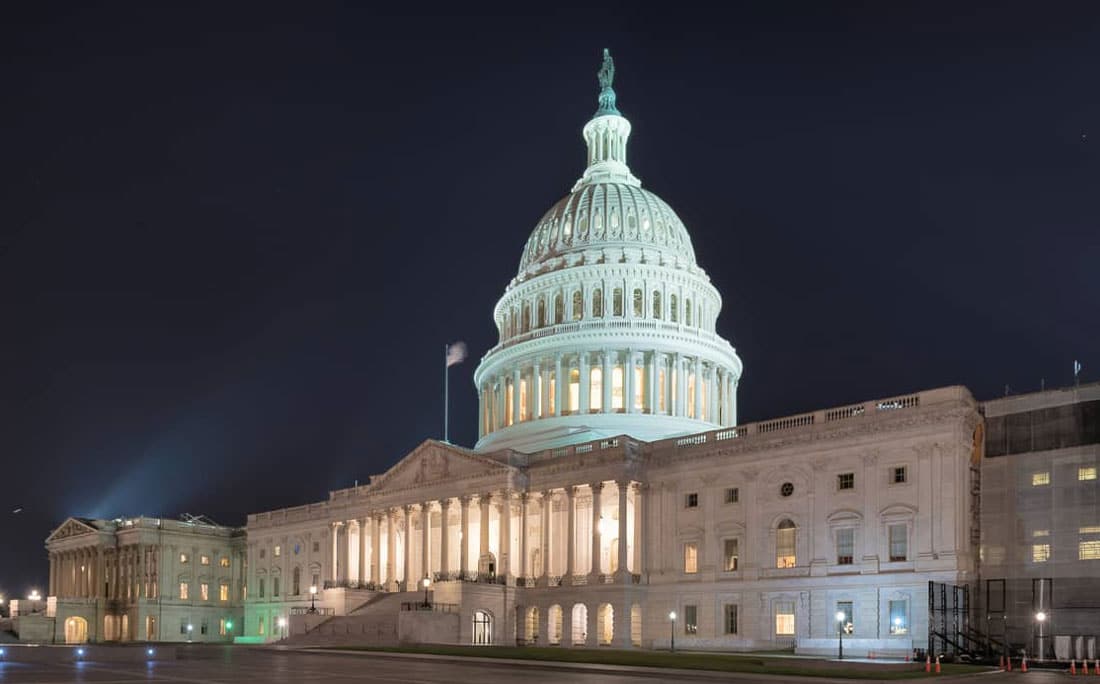
June 17, 2022
President’s Budget Request In April, the Biden administration released its Fiscal Year 2023 defense budget request. The administration’s second budget requests $24.7 billion for a category it calls “missile defeat and defense,” an increase from the $21.9 billion enacted in 2022. This grouping of programs includes traditional missile defense programs funded in the Missile Defense...

March 21, 2022
President Biden signed an omnibus spending bill to fund the government for the rest of FY 2022 on March 15, 2022, which included funding for the Department of Defense. The omnibus bill concludes the FY 2022 budget cycle as the Administration turns to submitting its FY 2023 request. * Passed $1 billion supplemental appropriation as...
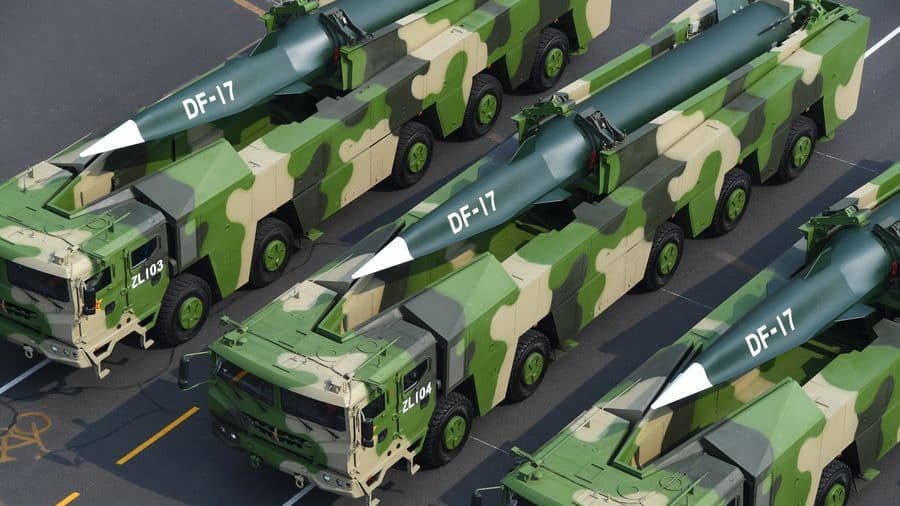
December 12, 2021
Chinese investment in hypersonic weapons highlights the need to reconceptualize the United States’ approach to air and missile defense. This means investing in space-based sensors and the various ways we can disrupt Chinese attack plans, both offensively and defensively.
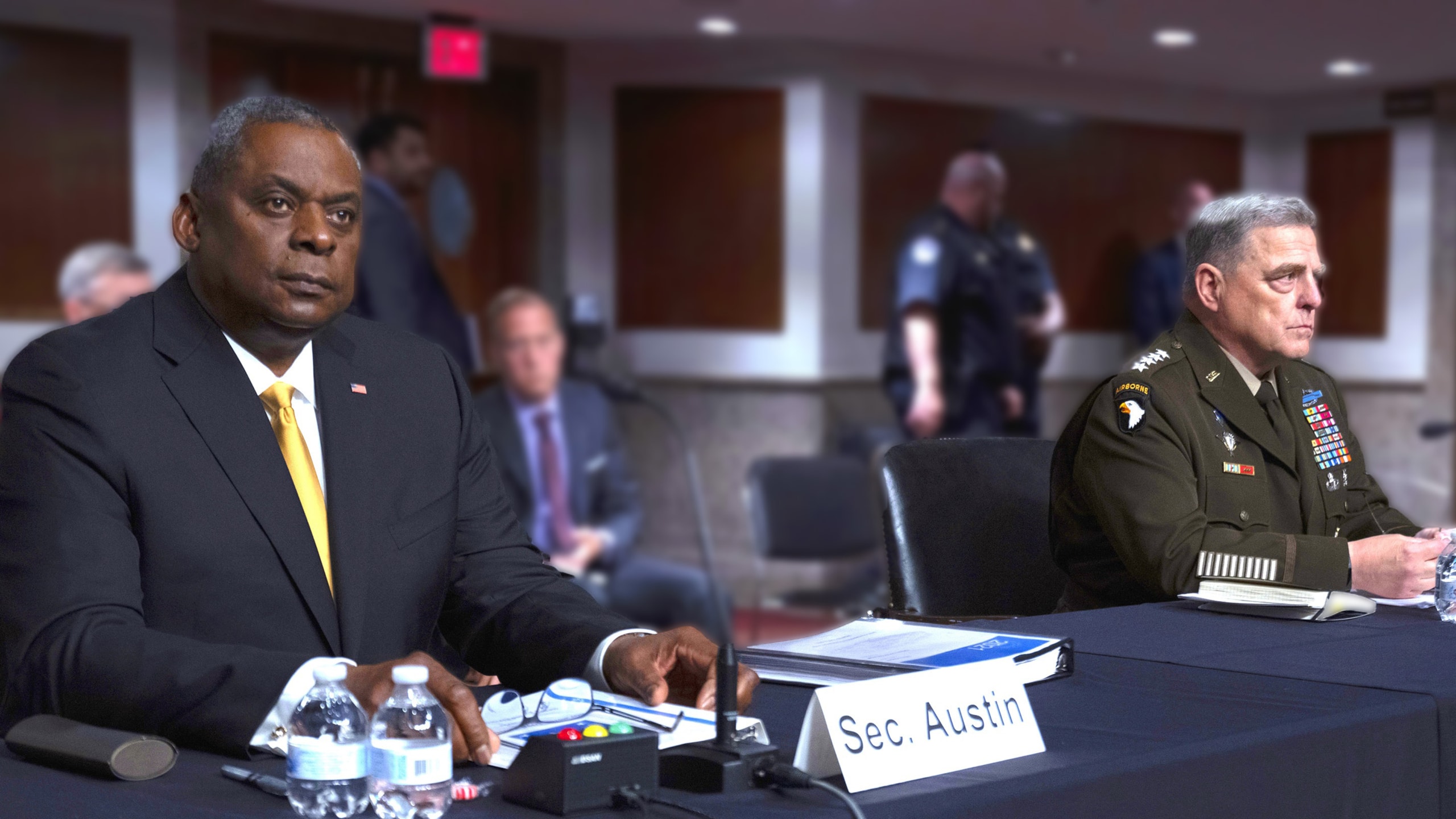
December 10, 2021
The 2022 budget request for missile defense and defeat seeks, but does not yet achieve, alignment with the reality of long-term strategic competition.

September 27, 2021
Whether based on land, aerostats, aircraft, or in orbit, elevated sensors can supplement targeting capabilities.
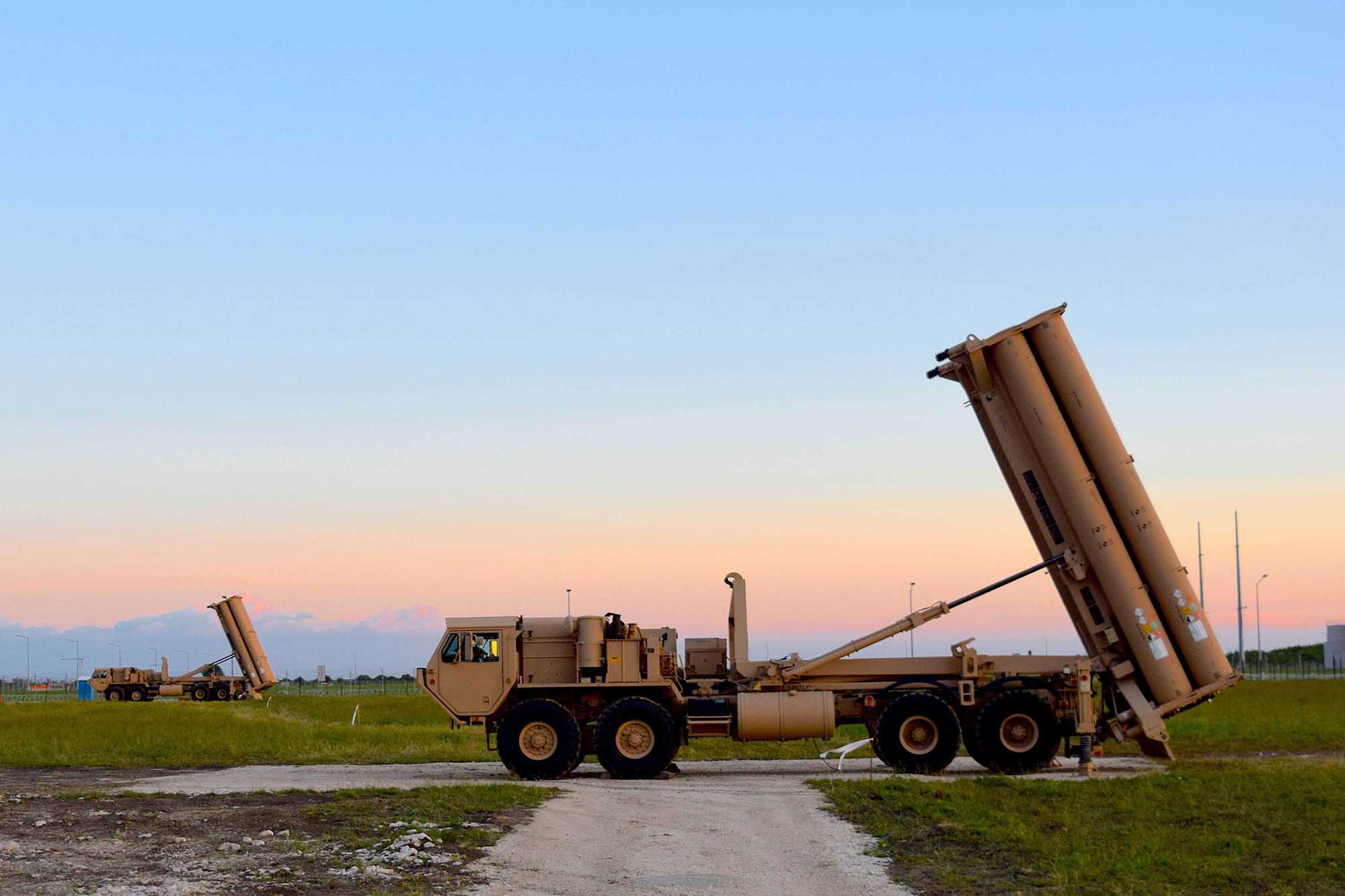
April 29, 2021
What will it take for Russia and the United States to make progress on arms control? In announcing the Biden administration’s intent to extend the New Strategic Arms Reduction Treaty (START) for another five years, Secretary of State Anthony Blinkin offered a hint. He noted that the next negotiation must include all of Russian and American nuclear...








